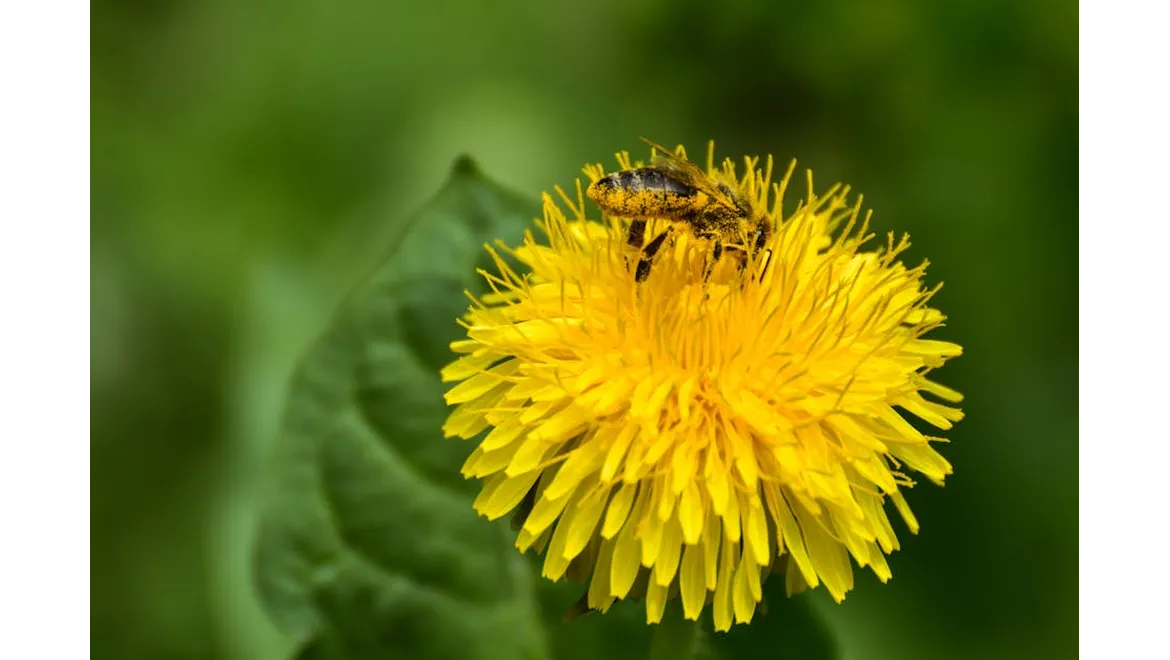One of the joys of writing for a gardening blog centred around the British garden is delving into the nuances that make our outdoor spaces unique. We’ve covered everything from the perfect herbaceous border to the grandeur of an orangery, but today, I wanted to explore something a little different – the unsung heroes of our gardens: beneficial insects. I grabbed a cup of tea and had a relaxed chat with Louise, a passionate gardener renowned in our local gardening club for her incredibly vibrant and healthy garden. I was keen to hear her secrets, especially when it comes to keeping pests at bay without resorting to harsh chemicals.
“Louise, your garden always looks amazing. What’s your secret to such healthy plants?” I asked, settling into a comfy chair on her patio, surrounded by the gentle hum of bees.
“Well,” she chuckled, “it’s not really a secret! It’s all about working with nature, not against it. I rely heavily on beneficial insects to keep the pest population in check.”
Beneficial insects are, essentially, the gardener’s best friends. They are natural predators or parasitoids of common garden pests, offering a sustainable and eco-friendly way to manage infestations. Instead of spraying pesticides that harm everything, including the good guys, you’re creating an environment where natural pest control thrives.
“So, which beneficial insects are particularly helpful in the UK?” I enquired.
“Oh, we have plenty! Ladybugs, or ladybirds as some call them, are voracious aphid eaters. Both the adults and the larvae feast on them. Then there are lacewings, whose larvae are also aphid predators. And don’t forget hoverflies – their larvae love aphids, and the adults are excellent pollinators. We also get ground beetles which eat slugs, snails and other garden pests.”
Louise explained that attracting and supporting these insects requires providing them with the right habitat and food sources. The key is diversity. She plants a wide variety of flowers that provide nectar and pollen throughout the growing season. She also leaves some areas of the garden a little wild, providing shelter and overwintering habitats.
“What specific plants do you recommend for attracting beneficial insects?” I asked.
“Oh, so many! Anything in the umbellifer family, like dill, fennel, and carrots allowed to flower, are brilliant for attracting hoverflies and lacewings. Ladybirds love marigolds, nasturtiums, and calendula. I also plant things like borage and phacelia, which are magnets for bees and other pollinators – and pollinators are vital for the whole garden ecosystem.”
Creating a habitat also means avoiding the use of broad-spectrum pesticides, which can wipe out beneficial insects as well as pests. Louise emphasised the importance of identifying the pest before taking action and using targeted biological control methods where possible.
“Could you give me an example of a biological control method?” I asked.
“Certainly! If I have a serious aphid infestation, I might buy a sachet of ladybird larvae online and release them near the affected plants. They’ll get straight to work. You can also buy nematodes to control slugs in the soil, or use sticky traps to catch flying pests.”
She also highlights that an organic approach is required to make the most of beneficial insects, she uses organic weed killers and organic pesticides to make sure no harm comes to the little helpers in the garden.
Louise’s enthusiasm was infectious. Her approach to gardening is a perfect blend of knowledge and passion, creating a thriving ecosystem where plants and insects coexist in harmony. It’s a far cry from the sterile, chemical-laden gardens of the past.
Thinking back to the beginning of the conversation it seems that creating a wildlife-friendly garden is not just about aesthetics; it’s about fostering a balanced ecosystem that benefits both the gardener and the environment. By attracting beneficial insects with diverse planting, creating suitable habitats, and using biological control methods, we can all enjoy healthier, more vibrant gardens while reducing our reliance on harmful chemicals. Louise’s example shows that a little knowledge and a willingness to embrace nature’s own pest control methods can go a long way. From the beauty of an orangery, to the enjoyment of watching beneficial insects work, these steps will allow any gardener to enjoy the delights of the garden.


